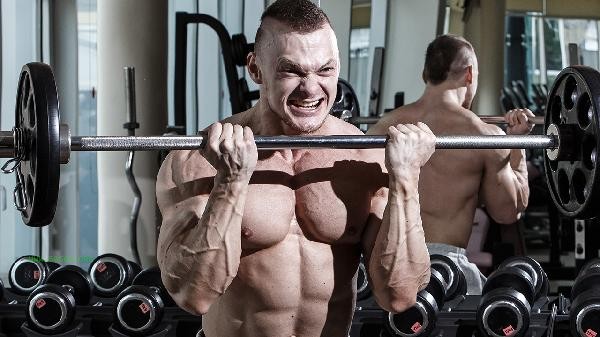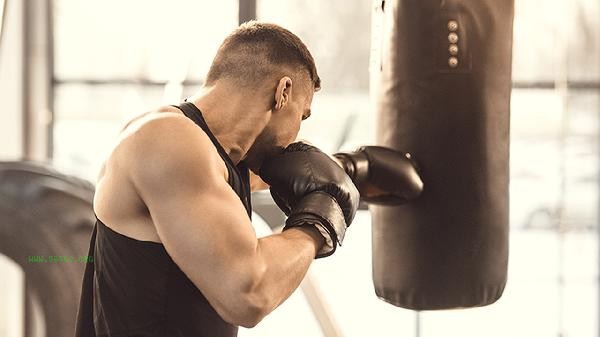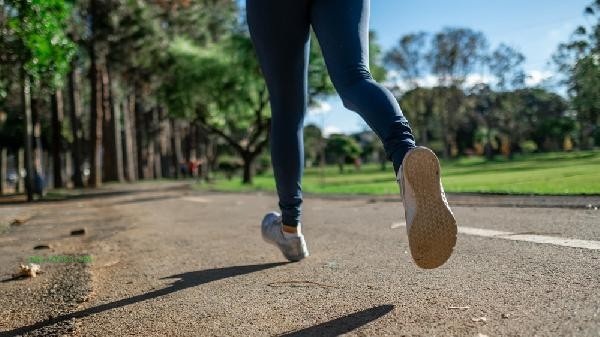During the fitness period, it is recommended to consume a moderate amount of low glycemic index compound carbohydrates, combined with high protein and high dietary fiber foods to enhance satiety. The suitable choices for carrying hunger mainly include oats, quinoa, sweet potatoes, chicken breast, and Greek yogurt.

1. Oats
Oats are rich in soluble dietary fiber, which has a slow digestion and absorption rate, and can maintain a sense of fullness for a long time. Its β - glucan component expands with water, which can form gel like substances in the stomach to delay emptying. It is recommended to choose steel cut oats or traditional oatmeal to avoid high processed products of ready to eat oats. Eating with nuts or chia seeds can further enhance satiety.
2. Quinoa
Quinoa is a high-quality plant protein source that contains all 9 essential amino acids. Its protein content exceeds that of most grains, and it is also rich in minerals such as magnesium and iron. The dietary fiber content of quinoa is about three times that of white rice, and its low glycemic index prevents it from causing drastic fluctuations in blood sugar levels. When cooking, it can be mixed with diced vegetables to make a salad, which has a stronger cold taste.
3. Sweet potatoes
Sweet potatoes are mainly composed of resistant starch, which takes longer to decompose and digest. Purple sweet potato varieties also contain abundant anthocyanins, which have antioxidant effects. It is recommended to use the cooking method of steaming with skin to preserve more dietary fiber. After cooling and consumption, its resistant starch content will further increase, and the satiety effect will be more long-lasting.

4. Chicken breast
Chicken breast is a typical high protein and low-fat ingredient, containing approximately 31 grams of protein per 100 grams. Its protein digestion and absorption rate is over 90%, which can effectively inhibit the secretion of hunger hormones. It is recommended to use low-temperature slow cooking or steaming methods to avoid high temperature frying and damaging nutrients. Eating with cruciferous vegetables such as broccoli can increase dietary fiber intake.
5. Greek yogurt
Greek yogurt undergoes whey removal process, resulting in a protein content 2-3 times that of regular yogurt. Its casein component can slowly release amino acids and continuously provide satiety signals. Choose sugar free original flavor products and add low sugar fruits such as blueberries for seasoning. Refrigerated consumption can slow down gastric emptying and is suitable as an additional meal option after training.

During the fitness period, it is important to pay attention to a balanced diet. Complete withdrawal of carbohydrates may affect exercise performance and recovery efficiency. It is recommended to limit daily carbohydrate intake to around 40% of total calories and prioritize natural ingredients such as whole grains and potatoes. Protein intake can be appropriately increased to 1.5-2 grams per kilogram of body weight, evenly distributed in 4-5 meals. Pay attention to replenishing enough water, drinking 2000-3000 milliliters per day. When the hydration state is good, hunger will be significantly reduced. Timely supplementation of fast carbon and protein within 30 minutes after training can help with muscle repair and glycogen supplementation. Long term maintenance of this dietary pattern can not only control body fat but also maintain exercise ability.






Comments (0)
Leave a Comment
No comments yet
Be the first to share your thoughts!